Table of Contents
The gallbladder is a tiny organ that plays an important role in many physiological processes. This tiny organ can get sick due to various causes. These causes, along with their warning signs, will be explained in detail in this article.
So, does using magnesium for gallbladder pain work? What can deprive you of it? We’re going to answer them in this article. We also offer some tips to get quick remedies at home and signs that should prompt you to visit your doctor.
Let’s dive in!
Magnesium and gallbladder: What is the link?
The gallbladder is a pear-shaped organ on the right side of your abdomen, undersurface of the liver. It connects with the liver through ducts that carry bile from the liver to the gallbladder (1).
The gallbladder works as a storage organ for bile. When we eat meals, especially fatty food, a hormone is produced from our gastrointestinal tract named cholecystokinin, which causes contraction of the gallbladder and releases stored bile in the intestines to help digest food (1, 2).
Here is the process: Bile from the liver travels to the hepatic ducts. From hepatic ducts, bile goes to the gallbladder for storage. After meals, the gallbladder contracts, and bile is released from the gallbladder to the bile duct. From the bile duct, it travels to the intestines (1).
One of the most common diseases associated with gallbladder pain is gallstones. Gallstones, as the name indicates, are hard-impacted deposits. The composition varies for different kinds of stones, but mostly bile is the major component in them. Bile, stored in the gallbladder, can harden and form stones (3).
Magnesium is a mineral that may play an important role in the prevention and relief of gallstones after their formation (4).
Preventions
Magnesium plays an important role in preventing gallstones. The following are the different ways magnesium helps prevent gallstones:
- Mechanism 1: One of the most common reasons gallstones are formed is high cholesterol in bile (5). Magnesium increases the good cholesterol in our body, named HDL, and decreases the amount of bad cholesterol, such as LDL and triglycerides, which can make you prone to gallstones (6, 7). However, one study found no correlation between body magnesium levels and the risk of gallstones, so more research is needed (6).
- Mechanism 2: Another mechanism is how magnesium regulates insulin secretion and sensitivity. Disturbance in insulin sensitivity and responsiveness is associated with metabolic syndrome, in which there is an increased risk of developing gallstones (8, 9, 10).
- Mechanism 3: Magnesium also helps to release stored bile, which decreases the risk of stone formation and complications associated with gallstone disorder (8).
Relief
Magnesium may not only prevent gallstones and related complications but also provide relief once they develop (11). Magnesium induces the secretion of hormones (cholecystokinin) that aid in the release of bile, which relieves the pain of gallstones (8). Magnesium relaxes the sphincter of Oddi — this sphincter is the valve at the end of the bile duct. The sphincter of Oddi works as a door for allowing bile to enter the intestine (8, 12).
Risks of magnesium deficiency
Magnesium deficiency is not common in healthy adults. But certain conditions can deprive you of this vital mineral (13):
- Diarrhea for a long time; chronic diarrhea can cause depletion of essential health minerals and vitamins, including magnesium.
- Disruption of absorption from the gut can also cause hypomagnesemia—for example, gluten allergy and inflammatory disorders of the gut.
- Inflammation of the pancreas.
- Poor nutritional intake.
- Alcohol intake: chronic alcoholics are deprived of a lot of essentials, including folic acid, thiamine, and magnesium.
- Skin burns occur when the total body surface area (TBSA) is large.
- Excessive diuresis (increased urination): An increased amount of urine can occur in diabetes and also in the recovery phase of acute kidney injury.
- Hormonal disorders such as the one where aldosterone is produced in massive amounts; aldosterone is a hormone formed by adrenal glands that causes increased loss of magnesium.
- A lot of medications can affect magnesium levels, such as:
- Amphotericin ( it treats different fungal diseases)
- Cisplatin ( anti-cancer medicine )
- Cyclosporine and tacrolimus ( immunosuppressant )
- Proton pump inhibitors (PPI); antacid
- Diuretics (urine-inducing medications )
- Aminoglycosides ( Antibiotics )
- Sweating more than usual
The gallbladder is a pear-shaped organ on the undersurface of the liver. Gallbladder pain can result from diseases such as gallstones, cholecystitis, choledocholithiasis, biliary dyskinesia, and gallbladder cancers.
Magnesium has been associated with preventing gallstones and providing relief once they develop. Magnesium relaxes the sphincter of Oddi, improves dyslipidemia, and regulates insulin sensitivity, all of which help with gallstones. Magnesium deficiency can occur in chronic diarrhea, alcoholism, malabsorptive syndromes, hormonal disorders, and certain medications such as PPI, amphotericin, and aminoglycoside.
However, more research is needed to confirm the effect of magnesium on the gallbladder because low serum magnesium levels have not been associated with an increased risk of gallstones.
Possible causes of gallbladder pain
Many factors can cause gallbladder pain. From infections to stones, there are different causes:
Gallstones
The most common cause of gallbladder pain is gallstones; as discussed above, these stones are hard deposits of bile. Most of them have high cholesterol concentrations. Gallstone pain can be triggered as follows (14):
- Biliary colic: in response to meals, the gallbladder contracts under the influence of hormones released from the intestines. In the case of gallstones, this contraction pushes the stone to the neck of the gallbladder and obstructs bile and pain in the right upper abdomen.
- Fatty meals particularly cause greater pain as fatty foods are a strong trigger of gallbladder contraction.
Choledocholithiasis
Choledocholithiasis: Bile travels from the gallbladder to the intestines via the common bile duct. If a stone travels from the gallbladder to the common bile duct, it will obstruct bile flow to the intestine. This condition is called choledocholithiasis. It causes right upper abdominal pain, just like gallstones.
This is a far more serious condition than gallstones and can lead to life-threatening complications such as pancreatitis (15).
Cholecystitis
Cholecystitis is the Inflammation of the gallbladder. Mostly, cholecystitis occurs as a sequelae of gallstones. It presents with a stabbing pain in the right upper abdomen. It rarely happens in critically ill patients without gallstones, especially hospitalized people (16).
Biliary dyskinesia
It is a motility disorder of the biliary system. It causes stagnation of bile in the gallbladder due to lack of motility in the gallbladder or at the level of Oddi’s sphincter (this sphincter helps to allow bile to the intestine from bile ducts ). It causes pain just like gallstones (17).
Tumors of the gallbladder
Gallbladder cancer is a rare condition. It occurs when cells inside the gallbladder start growing abnormally. It may cause abdominal pain and jaundice (18).
What does gallbladder pain feel like?
These are some symptoms that may help you to identify if you have gallbladder pain (5):
- Sharp stabbing right upper abdominal pain from 30 minutes to one hour.
- Radiation of pain in the right shoulder
- Radiation of pain to back between scapula
Other associated symptoms of gallbladder diseases are (5):
- Nausea
- Jaundice
- Bloating
- High-grade temperature
- Clay-colored stools and dark-colored urine
- Indigestion
Magnesium supplements for gallbladder: How does it work?
You can get magnesium from foods or magnesium supplements in the market. Magnesium can come in the following forms:
- Foods rich in magnesium
- Oral magnesium supplements
- Intravenous formulations
Magnesium supplements include different types of magnesium, such as magnesium citrate, magnesium oxide, and magnesium malate. They are a little different in their solubilities and bioavailabilities. Bioavailability is the amount of oral drug absorbed from the intestine and available in the blood (19).
The intravenous formulation of magnesium comes in the form of magnesium sulfate, which has a lot of uses in different medical diseases such as (12):
- Status asthmaticus: a severe form of asthma when spasms of airways make it hard to breathe.
- Eclampsia: a condition where pregnant women get seizures
- Biliary secretion: helps release bile and relieves the pain in biliary duct stones.
- Sphincter of oddi relaxation: this sphincter functions like a door to allow bile and pancreatic juices to enter the intestines. Its relaxation helps with the bile flow and prevents biliary stasis in ducts.
- Reduction of gallbladder volume: by releasing bile out of the gallbladder, it reduces its volume and lessens the gallstone pain.
Here is the list of foods rich in magnesium that you can easily find in the market (20, 21):
- Almonds
- Wheat
- Cereals
- Spinach
- Pumpkins
- Potatoes
- Brown rice
- Yogurt
- Peanut butter
- Oatmeals
- Kidney beans
- Bananas
- Apples
- Carrots
- Broccoli
- Legumes
- Whole grains
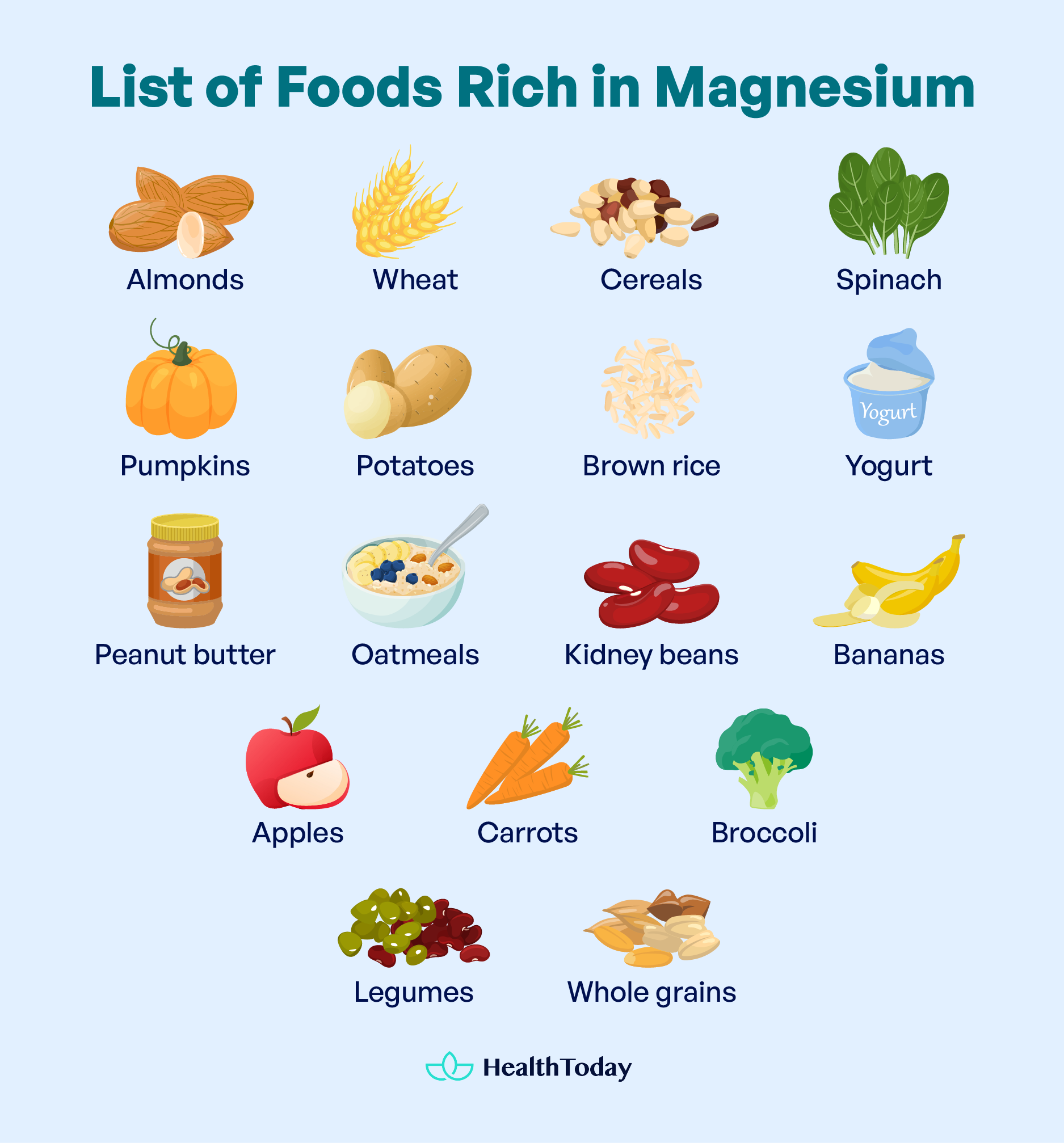
The recommended daily magnesium intake for healthy adults is around 420 mg for males and almost 320 mg for females (22). Under normal conditions, only 20 to 50% of oral magnesium is absorbed through our gut. But in a magnesium-deficient state, this amount can be up to almost 80% through the upregulation of magnesium absorption mechanisms (23).
Magnesium can be acquired through oral supplements such as magnesium citrate, magnesium oxide, and magnesium malate. In the case of critically ill patients, they can be given intravenously (IV). IV formulation of magnesium contains magnesium sulfate that helps relieve gallstone pain, seizures in pregnancy, and severe forms of asthma. Dietary sources of magnesium include green leafy vegetables, whole grains, and nuts.
When should you see the doctor for gallbladder pain?
Gallbladder pain often comes in waves and subsides on its own. Because of its self-resolving property in earlier stages, you may neglect it until it causes serious complications. Following are the signs and symptoms that you should not ignore (3, 24):
- High-grade fever indicating there is an infection— cholecystitis or cholangitis.
- Chills
- Yellowing of eyes and skin (jaundice): jaundice indicating an obstruction to the outflow of bile
- Severe abdominal pain that does not relieve with a change in posture.
- Nausea and vomiting.
- Light or clay-colored stools and dark-colored urine.
After gallbladder surgery, if you experience the following symptoms, you should contact your healthcare provider (11):
- Pain that does not go away after weeks of surgery. This condition is known as post-cholecystectomy syndrome, where you may need additional intervention to treat the cause.
- You may have remnants of gallstones in the bile duct that cause pain even after surgery and need removal.
Bowel injury during the removal of the gallbladder may occur. It can manifest in the immediate postoperative period but sometimes present a little late as abdominal pain (25).
Gallbladder pain is fluctuating. Some signs that signal severe complications and should not be neglected include high-grade fever, vomiting, light-colored stools, and severe abdominal pain. After the gallbladder removal, you might still feel pain due to remnants of gallstones in the bile duct and post-cholecystectomy syndrome.
Home remedies for gallbladder pain
Unfortunately, for pain management, there is not much that can be done at home. These are a few things you can do to relieve gallbladder pain temporarily (11):
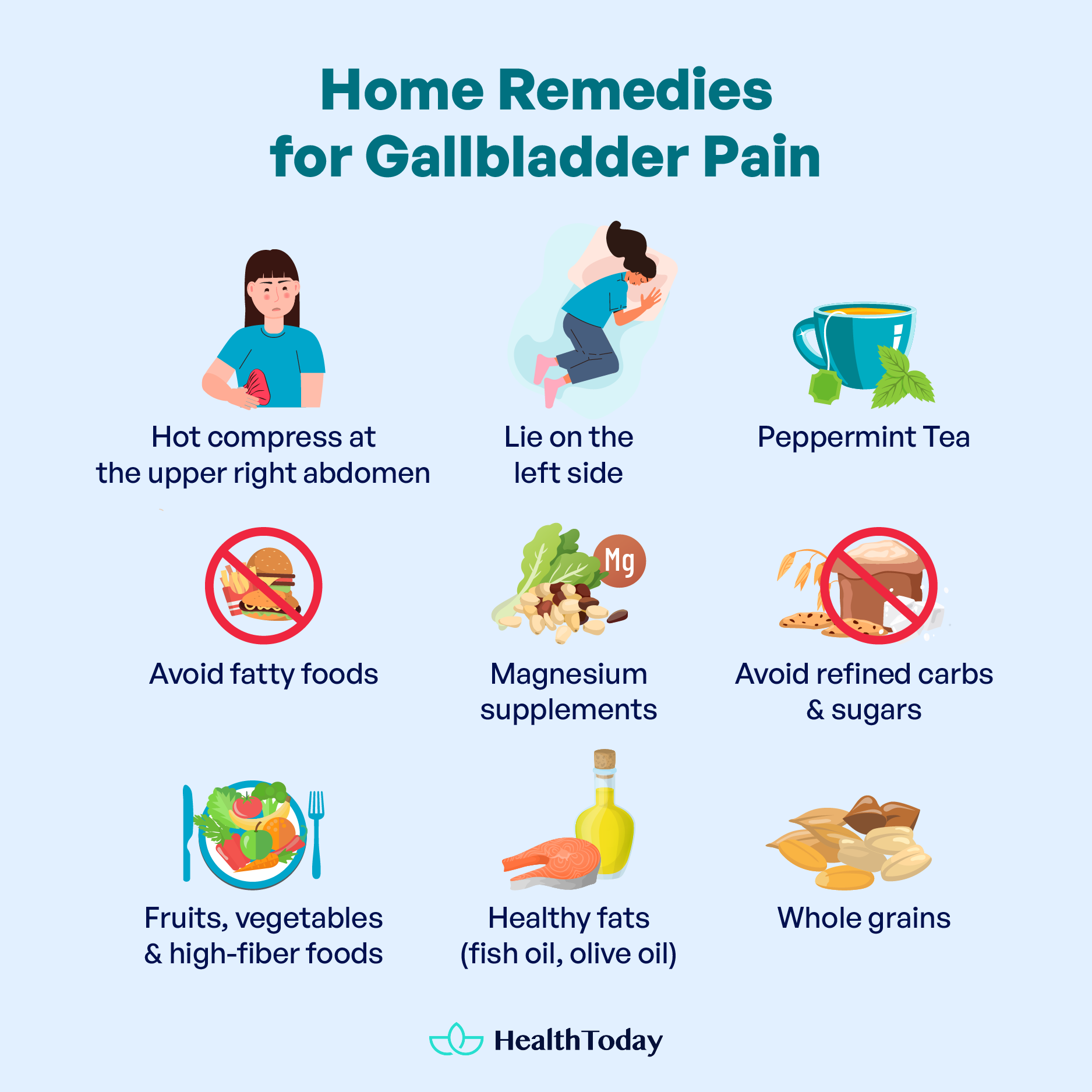
- Hot compress at the right upper region of the abdomen.
- Gallbladder is present on the right side of the abdomen, so you may want to lie down on the left side to avoid its compression against the abdominal wall
- Peppermint tea may provide temporary relief.
- Avoid fatty food as it can contract the gallbladder more and increase the pain.
- Some painkillers are available at the pharmacy without a prescription, such as non-steroidal anti-inflammatory medications.
- Magnesium supplements may provide some relief.
Foods that you should and should not eat to prevent recurrent attacks include (26):
- Avoid refined carbohydrates and sugars
- Eat more fruits and vegetables
- Add more fiber to your diet
- Lower the amount of saturated fat in your diet
- Eat healthy fats such as fish oil and olive oil
- Eat whole grains
While at home; hot compress, magnesium supplements, and avoiding lying down on the right side can help with gallbladder pain. Over-the-counter painkillers also provide relief. Making some changes in your diet can help prevent the recurrence of stones in the gallbladder, especially with less saturated fats and refined carbs.
Does magnesium help gallbladder attack?
What helps gallbladder pain ASAP?
At home, taking over-the-counter analgesics (non-steroidal anti-inflammatory medications) and applying a hot compress on the affected area can help with gallbladder pain temporarily until your healthcare provider can provide proper treatment (11).
What can be mistaken for gallbladder problems?
The signs and symptoms of gallbladder diseases may resemble other medical problems, including pancreatitis, hepatitis, heart attack, appendicitis, irritable bowel syndrome, and gastric ulcers (5).
What juice is good for the gallbladder?
There is no evidence about the benefits of any specific juice for the gallbladder. Certain claims are about gallbladder cleanse. Gallbladder cleanse is a mixture of olive oil, herbs, and fruit juices taken over several hours. Again, this cleanse or flush comes with adverse effects. You should talk to your healthcare provider before having anything like this for gallstones (27).
Summary
The gallbladder is a pear-shaped organ on the undersurface of the liver. It plays an important role in the bile’s storage.
There are mechanisms at work that enable the use of magnesium for gallbladder pain: Magnesium reduces bad cholesterol in the body and helps release stored bile, thus preventing and relieving gallstone pain. Magnesium deficiency can result from alcoholism, diarrhea, burns, medications, and pancreatitis. Gallbladder pain apart from gallstones can stem from choledocholithiasis, biliary dyskinesia, tumors, and cholecystitis.
Magnesium can be acquired through supplements or dietary components. Foods rich in magnesium are green leafy vegetables and whole grains. Fever, chills, and yellowing of eyes and skin are alarming signs of gallbladder disease and should be consulted with a doctor. At home, hot compresses, painkillers, and peppermint tea may help relieve pain.





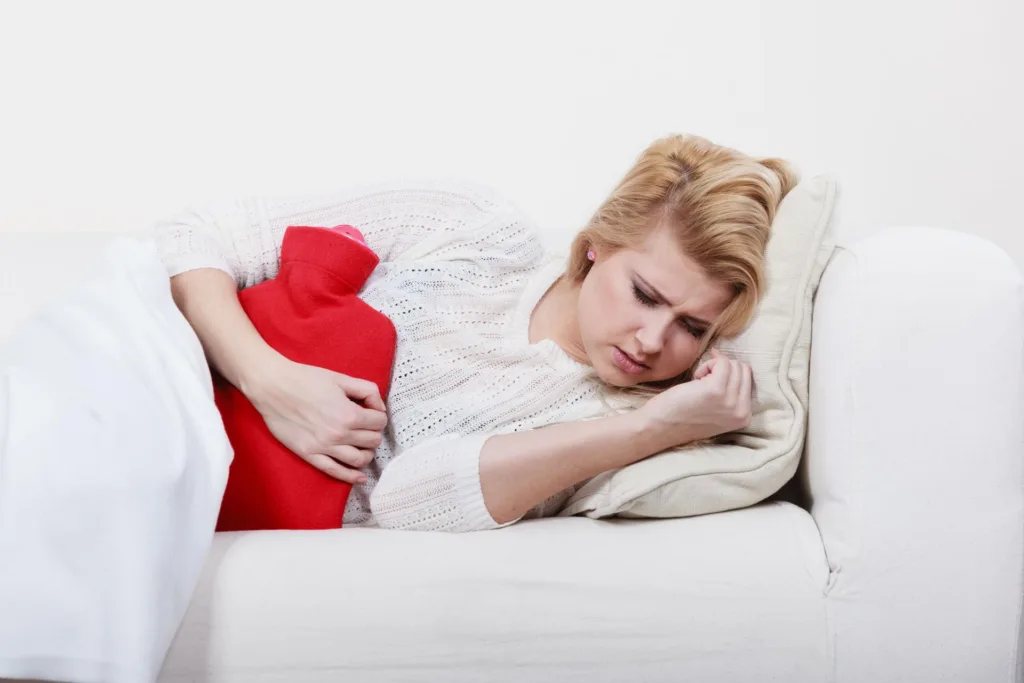
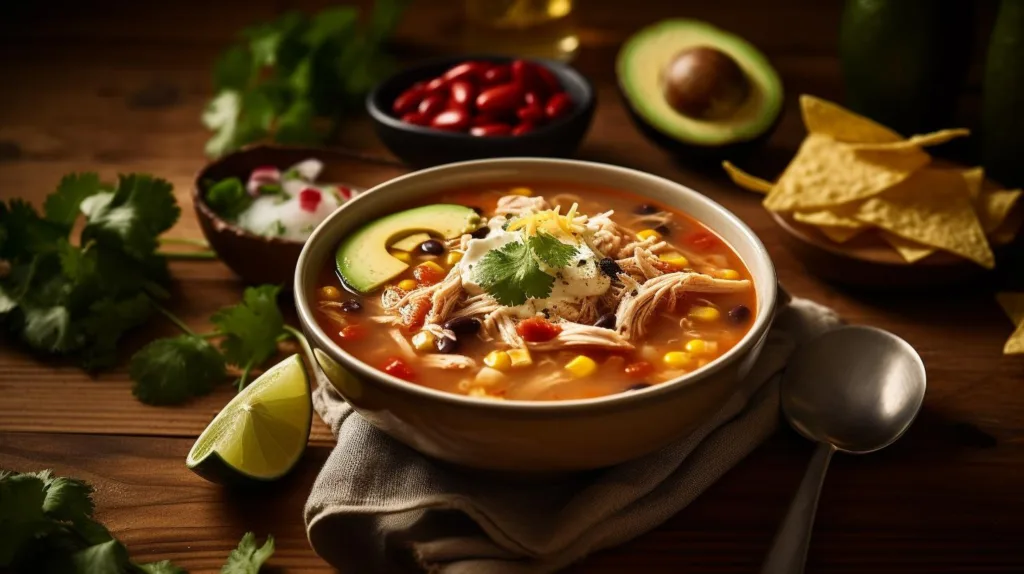
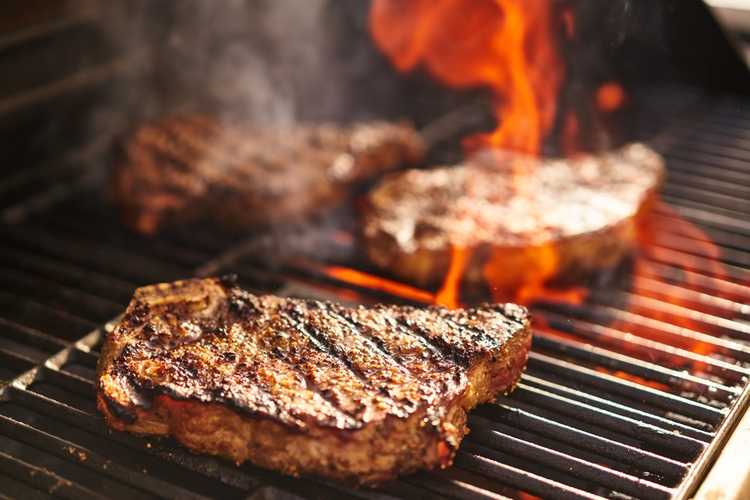
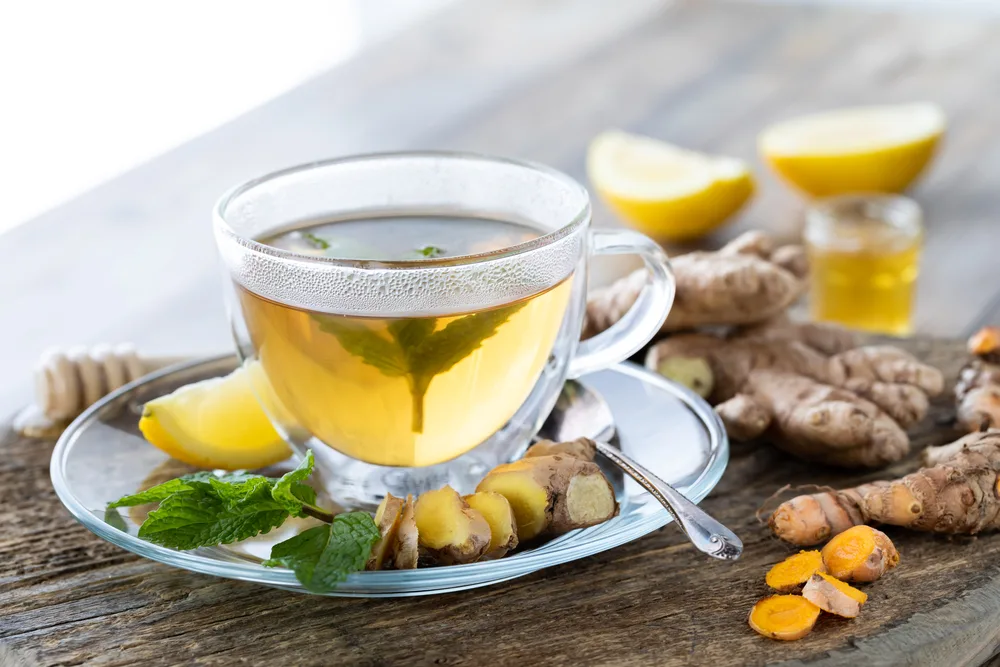

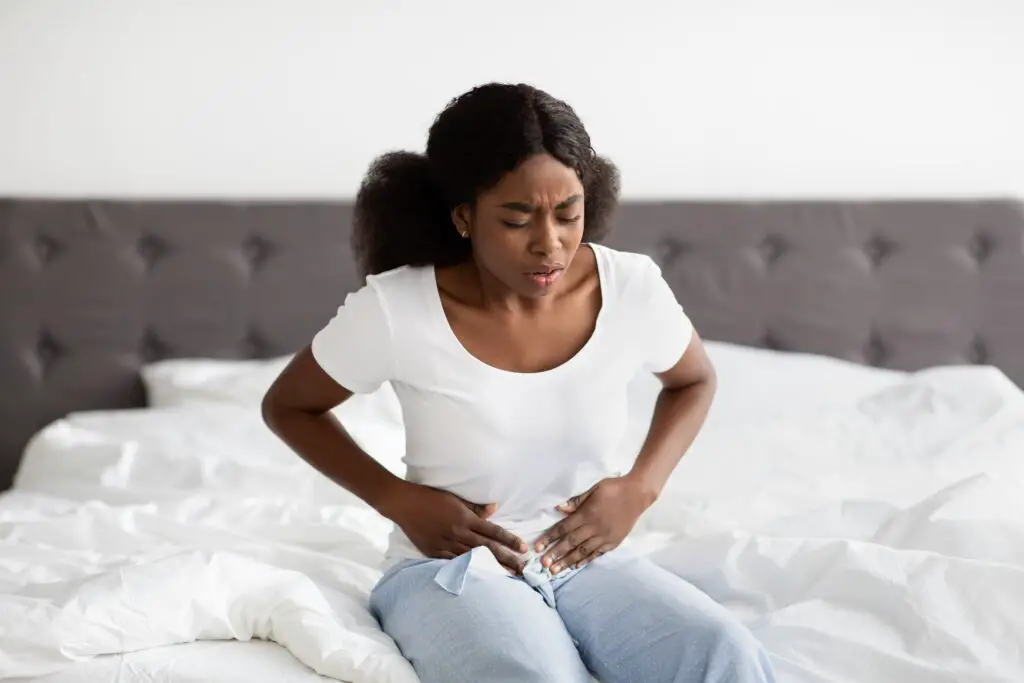
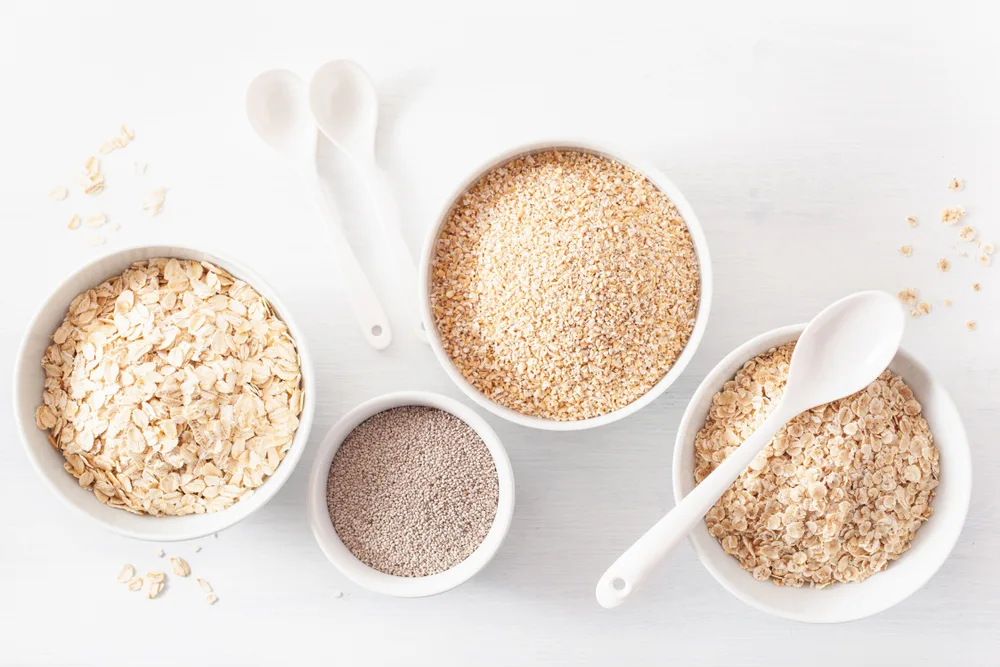
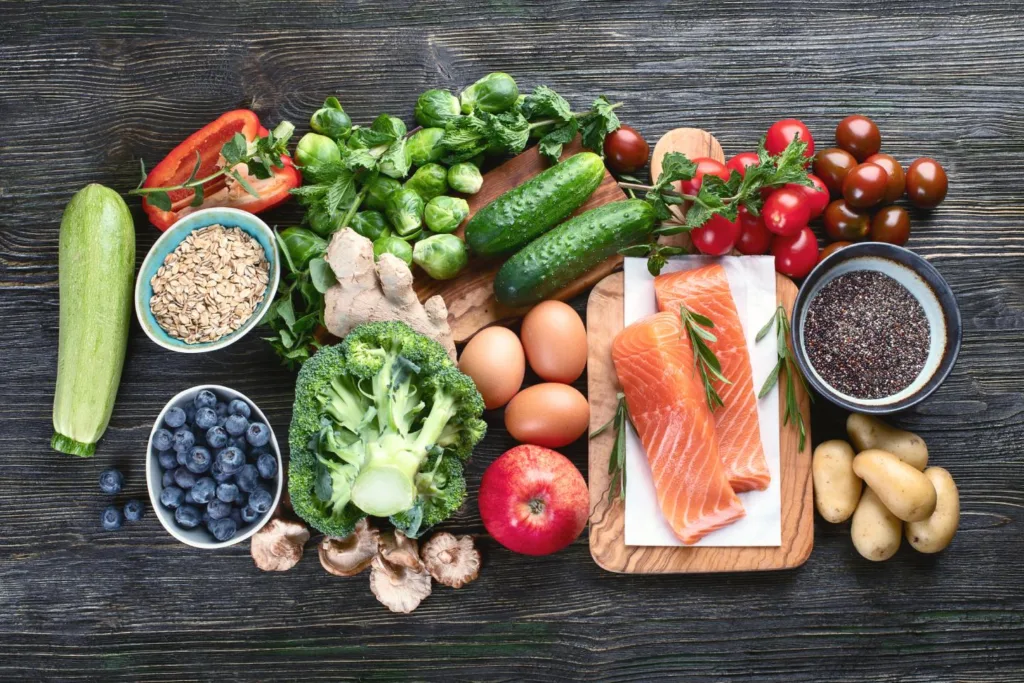
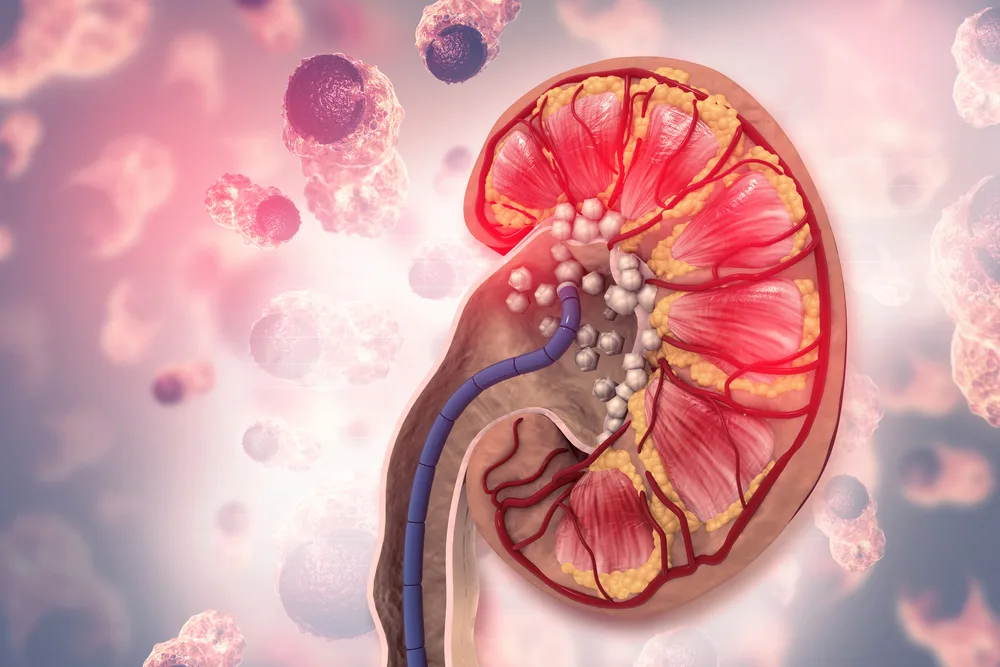
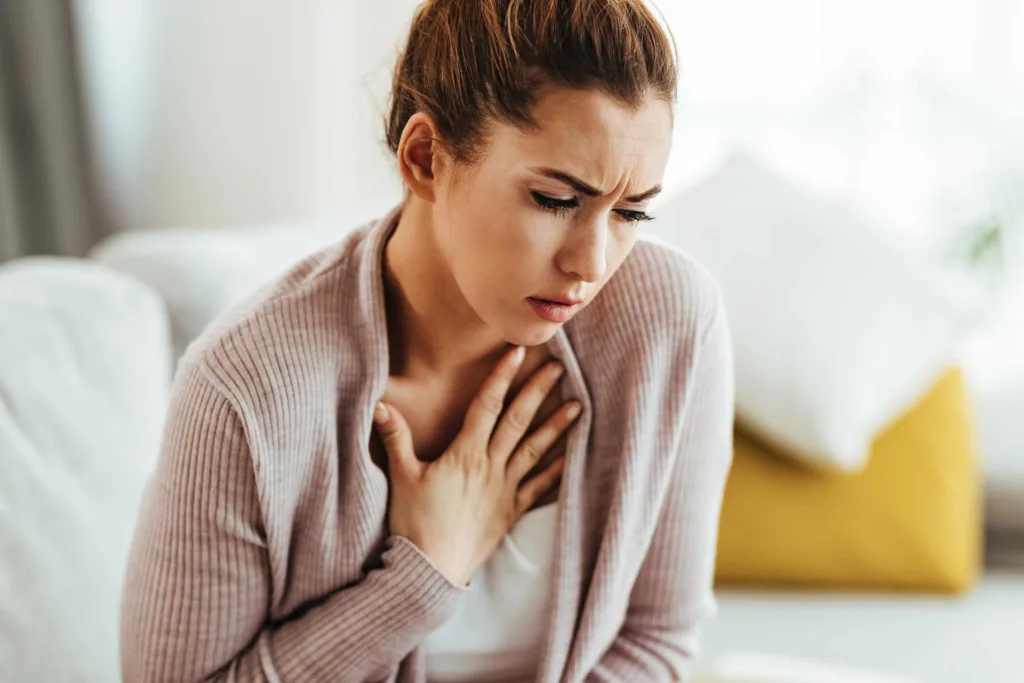
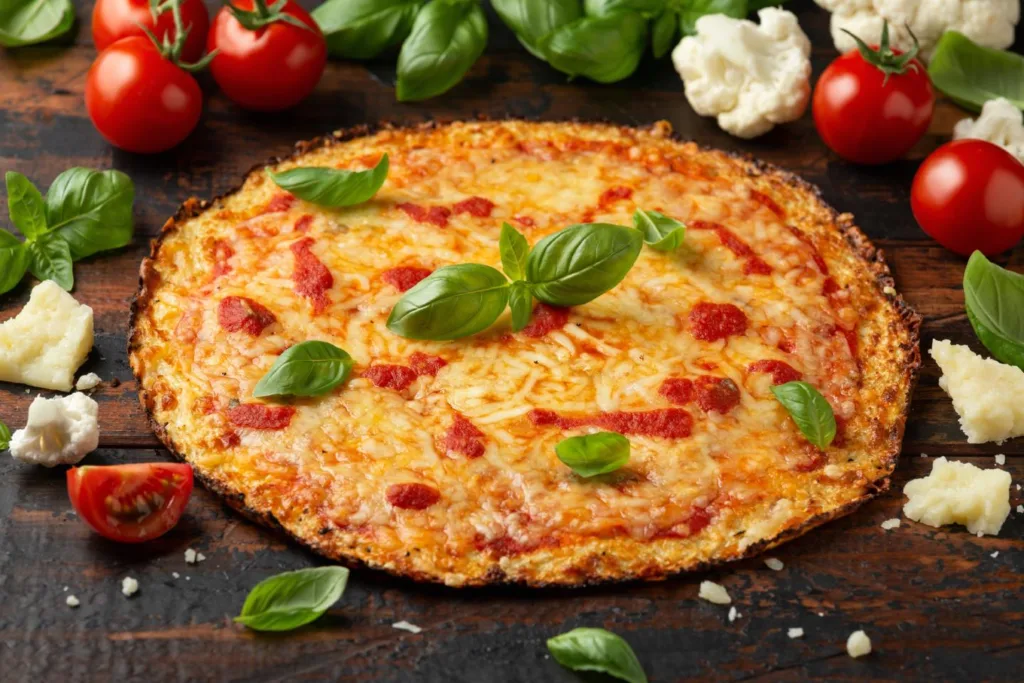
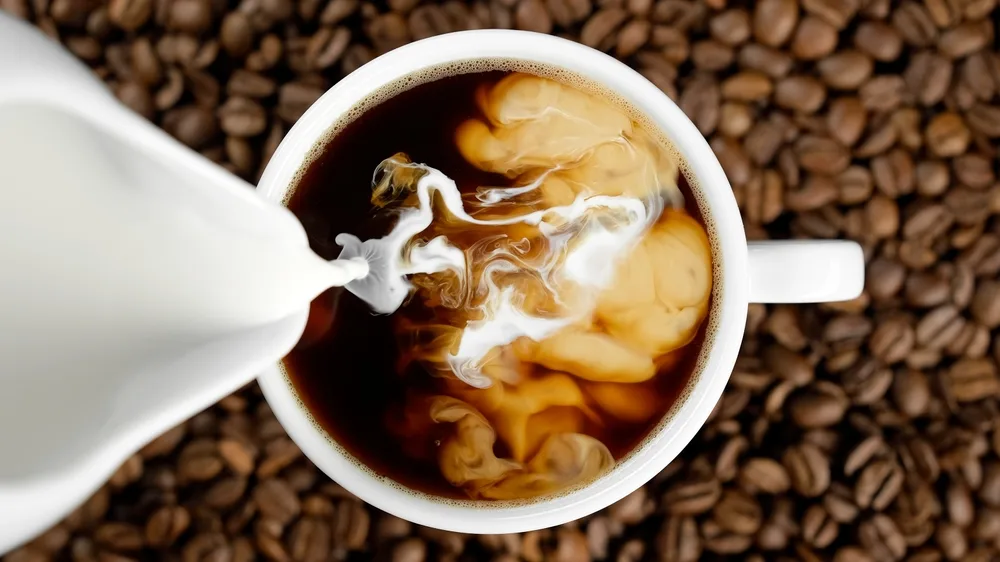
Comments
0